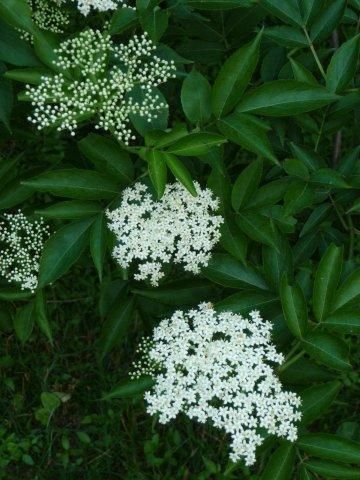
This year the International Herb Association has chosen Elder (Sambucus spp.) as Herb of the Year for 2013. It is an ancient plant, which has been revered for centuries and there are many myths, lore and legend associated with elder. Probably the one heard most often is in regard to Hylde-Moer, (also called Lady Elder, Lady Tree, Old Lady, Lady Ellhorn, Hulda, Holda, Hyldor and Frau Holle) often called the Elder Mother, who possesses magical powers from making and breaking spells to providing protection and healing. Her appearance is that of an elderly woman from the forest, be it crone or granny woman, who wears a green dress. If one wanted to cut elder for wood or trim the hedgerow, one had to speak with respect and ask permission from the Elder Mother. If one did not recognize her presence or did not ask permission to harvest the tree, then bad luck would surely befall them.
The Celts held elder as a sacred tree and their word aeld is related to Eld, or land of the fairies. Pieces of elder wood were worn in amulets around one’s neck, branches and crosses were hung in homes and barns to ward of evil spirits, snakes and lightning. Branches were also employed when herding animals or a twig or two were worn in one’s hat while working in the field to repel insects. Our native American elderberry (Sambucus canadensis, syn. S. nigra L. ssp. canadensis) also called American black elderberry, common elderberry, sambucus and sweet elder, is a close relative of the European elder and there it was often referred to as “the medicine chest of the people”.
Depending on the source, elder is described as a large shrub or a small tree. They range in size from about 6- to 12-feet, although some might reach 20 feet or more, depending upon where they are grown and which species they are. They are hardy in USDA zones 4 to 10. Wild plants are found growing along woods edge, roadsides and ditches and hedgerows, where the conditions are slightly moist. I have seen huge colonies of elder along railroad tracks. I did not plant my elder tree, it is a native volunteer by the edge of the woods, which attracts all sorts of pollinators from butterflies to bees and birds. Last season, growing towards the light and away from the woods, it reached a good 10-feet tall and it was pruned back severely (other than cutting flower heads and berries) for the first time.
Leaves are compound, opposite and medium green. Tiny flowers are borne in flat-topped, umbrella-shaped corymbs, in masses-they are cream-colored and sweetly fragrant-some can be as wide across as a dinner plate. Elder flowers appear in my zone 7 area in May and last about a week to 10 days. This is a small window which I have to harvest the blooms for making elderflower cordial, shrub and of course, elderflower fritters. I also dry some blooms, however, I do not want to harvest too many flowers, since I want at least as many berries. Only the flowers and ripe berries are safe to eat-although other parts of the plant have been used for external purposes throughout history-unripe berries, leaves, stems, twigs, bark and roots have cyanogenic glycosides which can cause cyanide poisoning in these forms and are not to be ingested.
In “The Little Elder-Tree Mother” by Hans Christian Andersen, the son catches a cold and the mother doses him with elderflower tea and then he has elder dreams. I dry the flowers for tea and I love them in a homemade elderflower liqueur. The flowers are mild and astringent and have been used in folk remedies to soften the skin, for inflammation of the eyes, for congestion, headache and indigestion. Elderflowers have been used for tea for centuries and are safe and effective when taken to reduce fevers relating to colds, flu, chicken pox and measles. Note: Michael Moore reports that children with a history of high fevers or convulsions, should avoid the tea since it occasionally can spike high fevers.
Berries appear in August in my zone 7 garden and I pay attention once they are green and fully filled out. Green, unripe berries are poisonous. Once they turn purple-black, it is time to gather them before the birds get them. I want to be sure that they are fully ripened for making, shrub, elder syrup, cordial, jelly and more. Berries should be cooked before eating. I also dry some of the berries, so I have them to use in recipes in winter months when we really need their protective virtues for fighting flu and colds. Besides being anti-viral, other healing properties are anti-cancer, anti-inflammatory, antimicrobial, cathartic, diuretic, laxative, stimulant and sudorific. Elderberries are nutritious, high in vitamins A and C and antioxidants, they also contain vitamin B, calcium, iron, niacin and thiamine, and even some protein.
American elder can be planted from seed or easily taken from root cuttings. If you don’t have an elder tree in your yard, now is the time to get one! I am taking my homemade elderberry syrup to prevent getting the flu that is virulent right now. And of course, a lovely little tipple of my Elderflower & Elderberry Cordial is not only a delightful aperitif, it is also warding off cold and flu germs at the same time. Here’s to honoring elder and celebrating herb of the year™ 2013!
Since the use of American elder has not been established during pregnancy, do not use while pregnant or nursing; since the use of elder is contraindicated with a number of drugs, check with your healthcare provided before using elder.
IHA’s latest herb of the year publication Elder, Herb of the Year 2013™ is hot off the presses and available at www.iherb.org.
Fine Gardening Recommended Products

A.M. Leonard Deluxe Soil Knife & Leather Sheath Combo
Fine Gardening receives a commission for items purchased through links on this site, including Amazon Associates and other affiliate advertising programs.

Ho-Mi Digger - Korean Triangle Blade
Fine Gardening receives a commission for items purchased through links on this site, including Amazon Associates and other affiliate advertising programs.

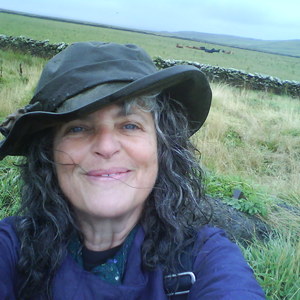
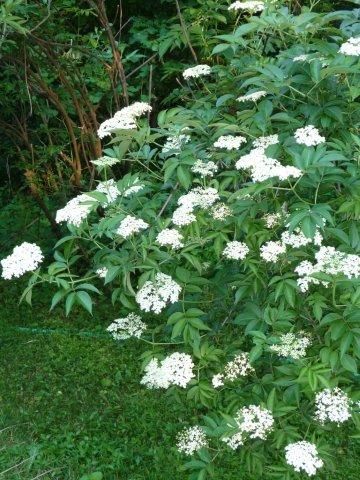
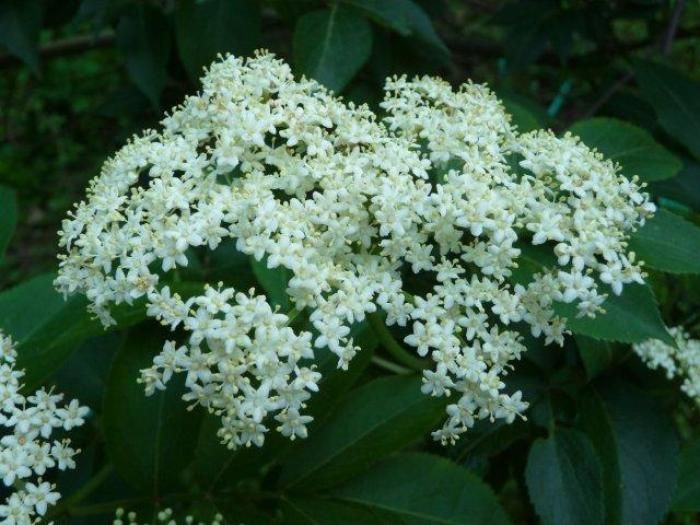
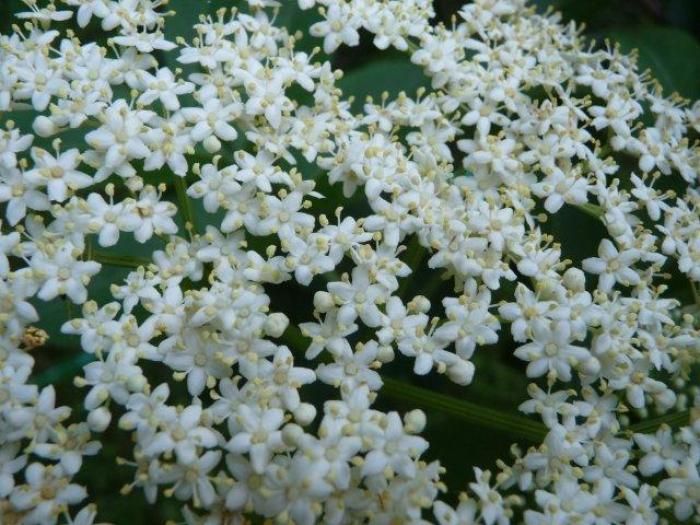
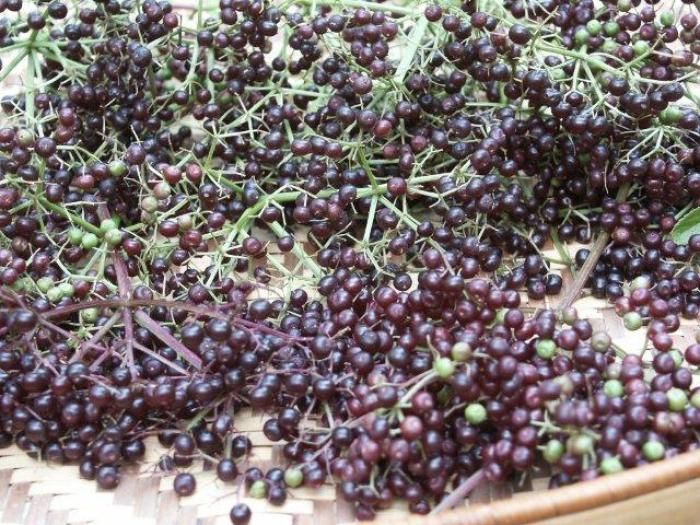
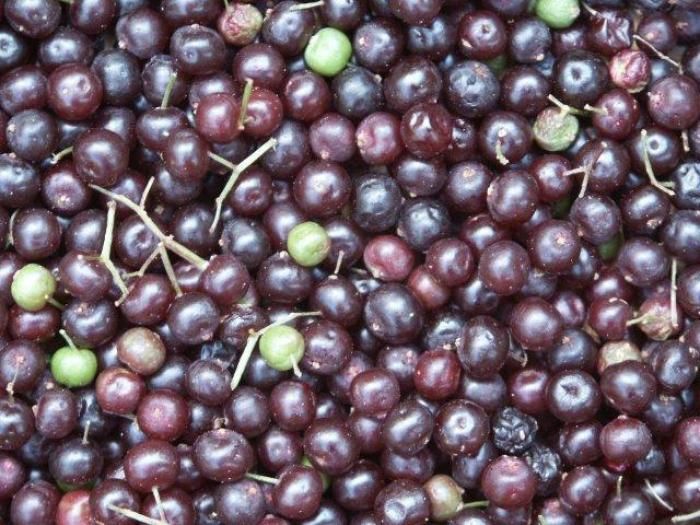
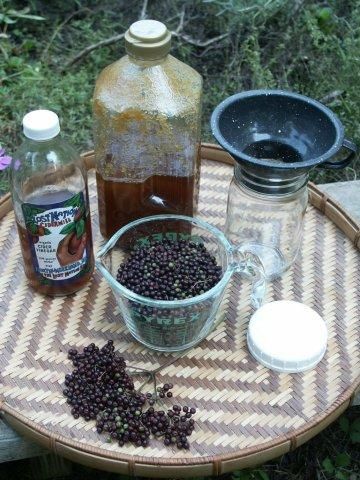
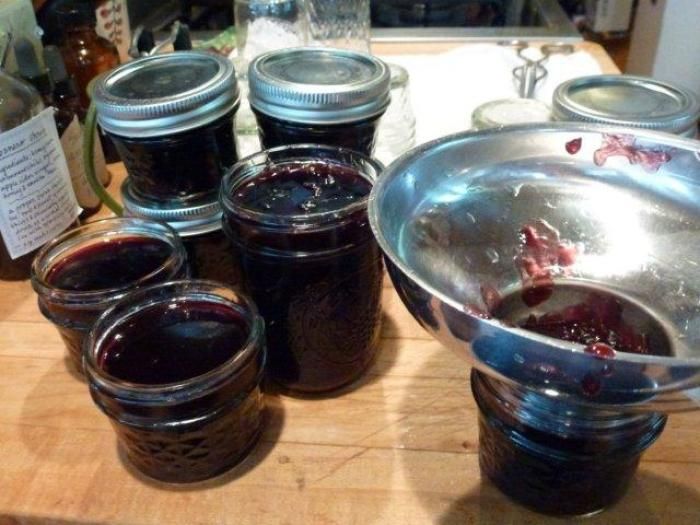
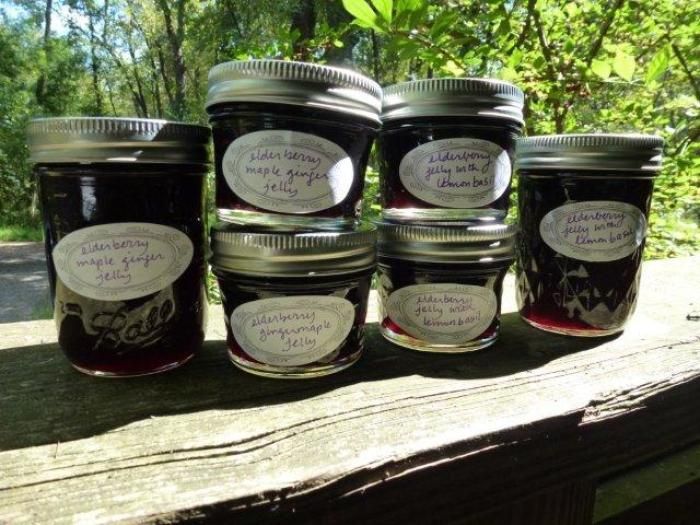
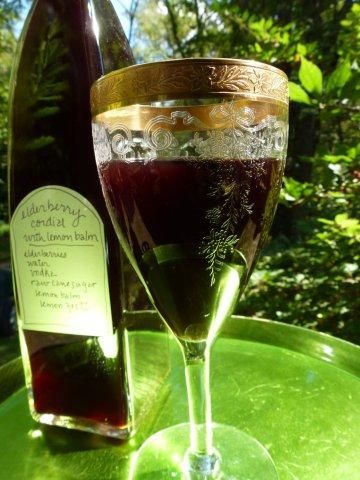
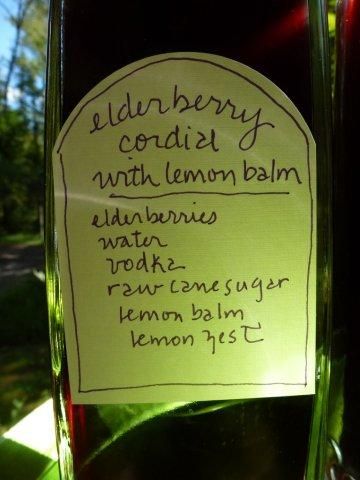
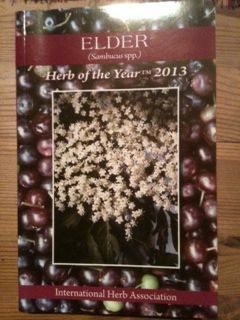

















Comments
Log in or create an account to post a comment.
Sign up Log in